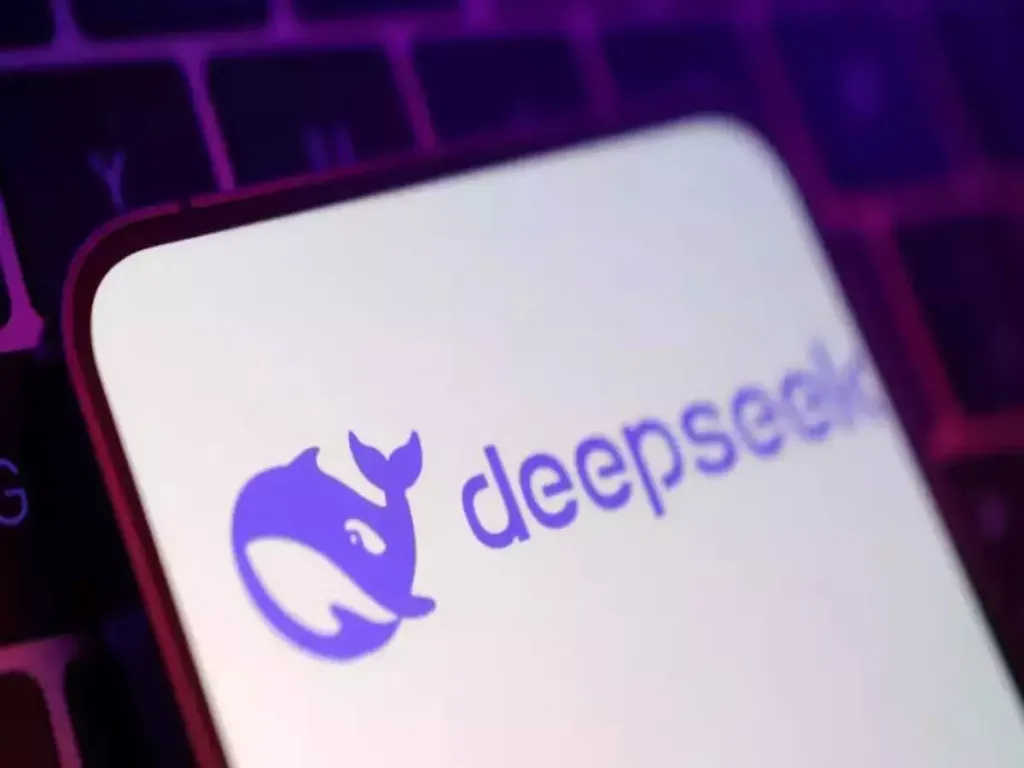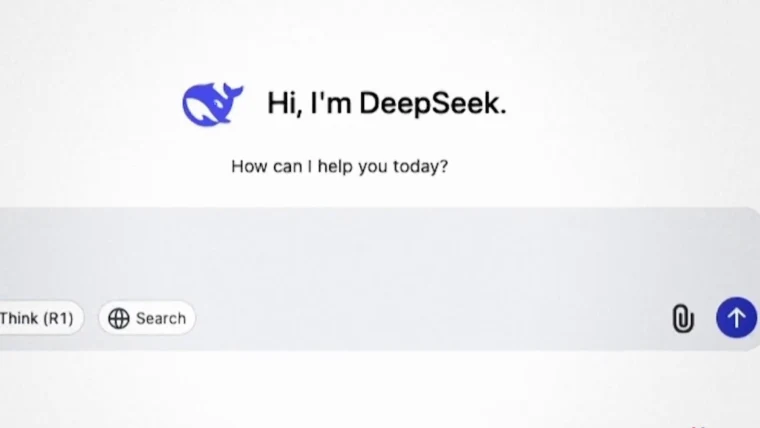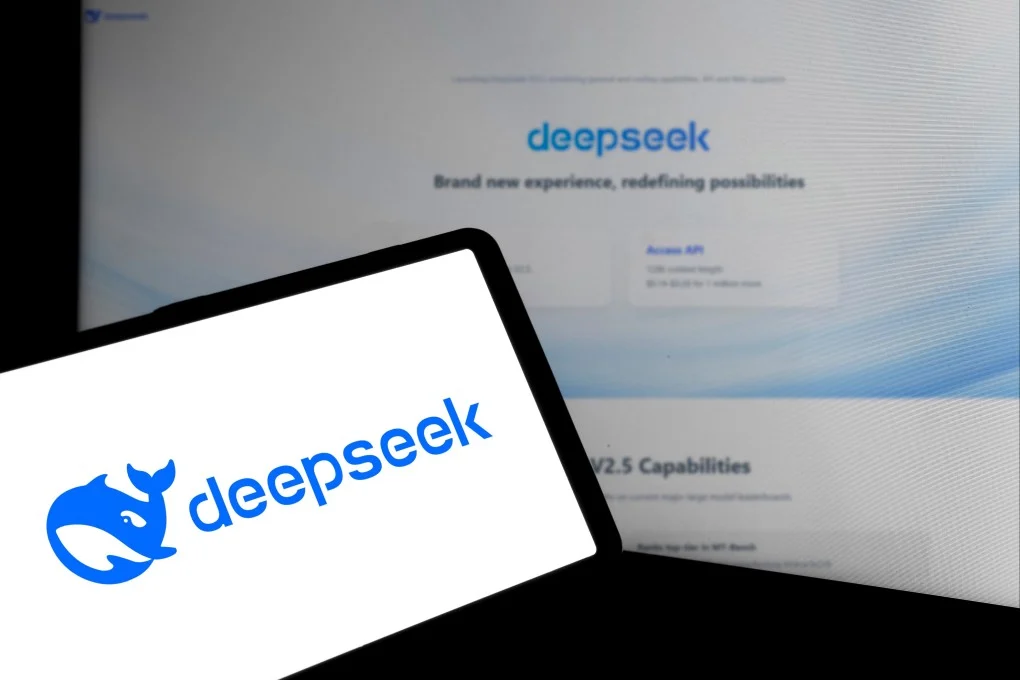DeepSeek AI Sensation
In the ever-evolving world of artificial intelligence, a new player has emerged, captivating the tech industry and sparking intense debate. DeepSeek, a Chinese AI startup, has taken the world by storm with its groundbreaking R1 reasoning model. But as with any rapid rise to fame, questions and misconceptions have followed. Let’s dive into the reality behind it’s ascent and separate fact from fiction.
Table of Contents
The DeepSeek Phenomenon: A Brief Overview
DeepSeek burst onto the scene with its R1 model, claiming to match or even surpass OpenAI’s performance while using fewer resources. This efficiency has catapulted DeepSeek’s AI chatbot to the top of app store charts globally. However, with great success comes great scrutiny, and it is now faces both praise and skepticism from industry leaders and experts alike.
1: Signals the Arrival of AGI
Reality: While DeepSeek’s R1 model is undoubtedly impressive, it doesn’t necessarily indicate a leap towards artificial general intelligence (AGI). The path to AGI likely requires several more breakthroughs, according to experts like Gary Marcus from NYU. it’s achievement, while significant, is more about efficiency and cost-effectiveness than a fundamental shift in AI capabilities.

2: Export Controls Are Ineffective
Reality: The success doesn’t negate the impact of US export restrictions on advanced GPUs. In fact, the company reportedly stockpiled Nvidia’s A100 GPUs before the restrictions were imposed. Experts like Miles Brundage suggest that these controls may still slow down China’s AI development in the long run, especially when it comes to scaling up experiments and building more advanced AI agents.
3: Spells Doom for Nvidia
Reality: While the efficiency caused a temporary dip in Nvidia’s stock, it doesn’t necessarily threaten the chip giant’s dominance. Ironically, as pointed out by Microsoft CEO Satya Nadella, it’s impact could increase demand for advanced GPUs due to the Jevons paradox – where increased efficiency often leads to higher overall consumption.

4: R1 is Fully Open-Source
Reality: Although This R1 can be freely downloaded and modified, it doesn’t meet all the criteria for truly open-source AI. While the model architecture and weights are available, the training data and complete code used to build and run the AI haven’t been released. This partial openness still represents a step towards more accessible AI, but it’s not the full open-source package some have claimed.
5: Poses Extra Privacy Risks
Reality: This AI models carry similar privacy risks to other large language models. While the company stores collected information in servers located in China, users can run local instances of the R1 model on their own devices, ensuring private interactions. Additionally, companies like Perplexity are hosting R1 in data centers outside of China, addressing some privacy concerns.
As DeepSeek continues to make waves in the AI community, it’s crucial to approach the hype with a balanced perspective. The company’s achievements in efficiency and cost-effectiveness are noteworthy, but they don’t necessarily represent a paradigm shift in AI capabilities or threats to established players.
Read More: DeepSeek vs ChatGPT vs Grok AI vs Google Gemini: Which AI Rules the Chatbot World?
FAQs
Q1: Is DeepSeek’s AI better than OpenAI’s models?
A1: DeepSeek claims its R1 model matches or beats OpenAI’s performance in some areas while using fewer resources. However, “better” is subjective and depends on specific use cases and metrics. Both companies continue to innovate and improve their models.
Q2: Can we use DeepSeek’s AI without privacy concerns?
A2: You can mitigate privacy concerns by running a local instance of DeepSeek’s R1 model on your own device. Additionally, some companies host DeepSeek’s model on servers outside of China. However, as with any AI interaction, it’s essential to be mindful of the data you input.







